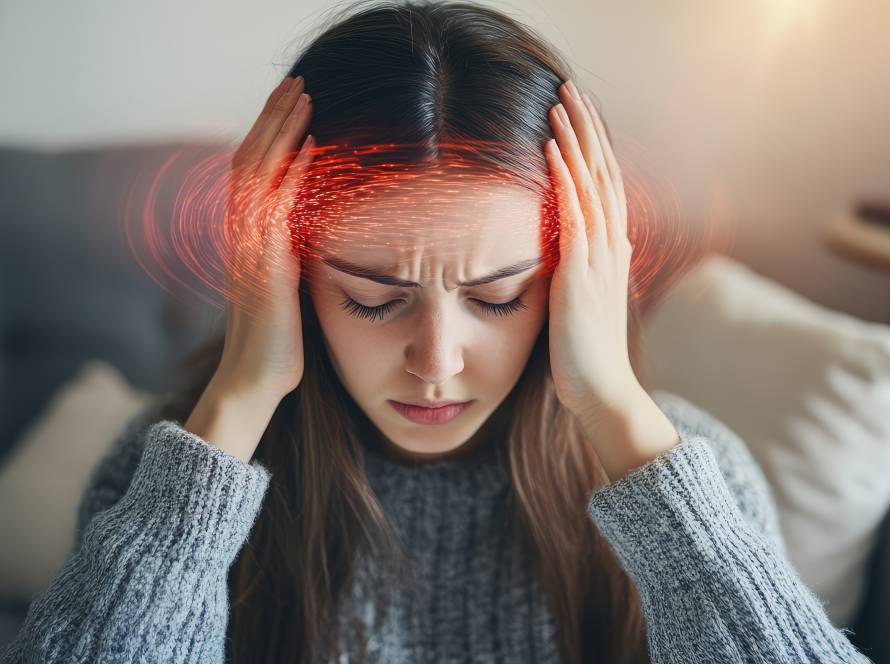FROM ANCIENT WISDOM TO MODERN HYPE: HOW TRADITIONAL CHINESE MEDICINE WAS REBRANDED BY WESTERN MEDICINE (WITHOUT TELLING YOU)
Many therapies rooted in Traditional Chinese Medicine (TCM) were once ridiculed or dismissed by the Western medical community as “pseudoscience” or “witchcraft.” But over time, these same methods have been adopted, rebranded, and repackaged—often without any acknowledgment of their original roots.
Here are some powerful examples of how ancient Eastern healing has shaped today’s modern healthcare:
1. Acupuncture
Once viewed as: Placebo, superstition, or unscientific ritual
Now used for: Pain relief, migraine treatment, fertility support, stress and anxiety, digestive issues
Global recognition: Endorsed by the World Health Organization (WHO) and the National Institutes of Health (NIH)
Western rebranding: Dry Needling — Essentially the same technique as acupuncture, but stripped of TCM’s philosophy of meridians and Qi (energy). It’s practiced by physical therapists, without formal TCM training.
2. Cupping Therapy

Now used for: Muscle recovery, pain relief, detoxification — made famous by athletes like Michael Phelps
Western rebranding: Myofascial Decompression or Vacuum Therapy — The same technique, but without the concept of Qi stagnation or blood flow regulation found in TCM.
3. Moxibustion (Mugwort Heat Therapy)

Now researched as: Effective heat therapy, especially for breech baby presentation and chronic pain
Western rebranding: Thermal stimulation or heat therapy — again, with no reference to Qi or meridian theory.
4.Herbal Medicine

Now recognized as: Phytotherapy or Botanical Medicine
Notably, in 2015, Chinese pharmacologist Tu Youyou received the Nobel Prize in Medicine for discovering artemisinin, a compound from the herb Artemisia annua, used to treat malaria — a remedy that had been used in Chinese medicine for over 4,000 years.
Western rebranding: Isolating active ingredients from Chinese herbs to create pharmaceutical drugs. Examples:
- Ephedra (Ma Huang) for asthma
- Scutellaria baicalensis (Huang Qin) for inflammation
The holistic diagnostic approach of TCM is often ignored, focusing only on the chemical compound rather than the whole-plant synergy.
5. Qigong and Tai Chi

Now recommended for: Stress reduction, balance, breath control, and overall wellbeing
Western rebranding: Moving meditation or gentle exercise — with little or no mention of internal energy cultivation.
6. Meridians and Energy Channels
Once viewed as: Imaginary lines, mythological concept
Now studied as: Fascial planes and inter-tissue pathways in anatomical research
Western rebranding: Terms like anatomy trains, neurovascular bundles, fascial tracks, or interstitial pathways are used to describe structures that closely align with TCM’s meridians.
7.Gua Sha (Scraping Therapy)

Now used for: Muscle tension, scar tissue, fascia release, and sports recovery
Western rebranding:
- IASTM (Instrument-Assisted Soft Tissue Mobilization)
- Graston Technique — used by physical therapists and chiropractors to release fascia and stimulate circulation using metal or plastic tools.
These are essentially modern versions of Gua Sha, but often with no mention of its TCM origin, energetic principles, or diagnostic applications.
8. Auricular Acupuncture
Once viewed as: Odd ear puncturing, lacking scientific basis
Now used for: Addiction recovery, trauma support, mental health, stress reduction, and detoxification in hospitals, prisons, and rehab centers
Western rebranding: Known today as the NADA protocol (National Acupuncture Detoxification Association), this standardized 5-point ear acupuncture method is widely used in behavioral health and substance abuse treatment across the U.S.
Final Thoughts
What was once mocked as “nonsense” is now researched, renamed, and widely practiced—often without any credit to Traditional Chinese Medicine and its thousands of years of wisdom.
Ironically, recognition often comes only after ancient practices are stripped of their philosophy, cultural depth, and holistic context.
If you’re curious to experience these time-tested therapies in their authentic, holistic form — not just their Western reinterpretations — we invite you to explore:
Acupuncture
Auricular therapy
Acupressure
Cupping therapy
Guasha
Herbal Therapy
Hijama
Herbal wraps
Massage
Moxibustion
….and much more!
We welcome you to our San Diego clinic, where ancient wisdom meets modern wellness, and experience the original power of Traditional Chinese Medicine — with respect to its roots.






